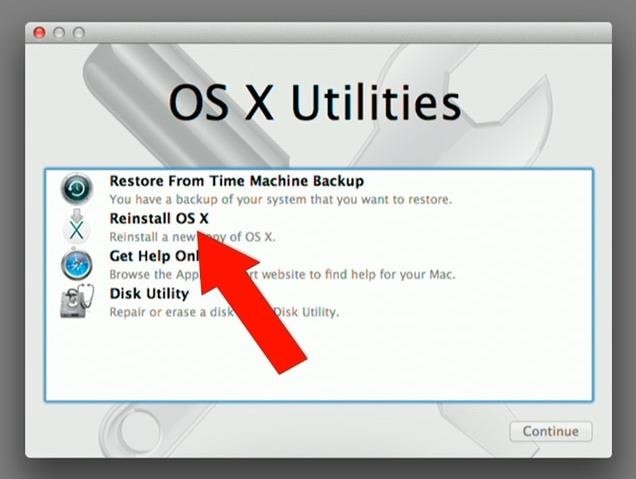

- #MAC UNMOUNT DISK WANTS PASSWORD HOW TO#
- #MAC UNMOUNT DISK WANTS PASSWORD FOR MAC#
- #MAC UNMOUNT DISK WANTS PASSWORD PASSWORD#
- #MAC UNMOUNT DISK WANTS PASSWORD FREE#
If your connected volume is an NTFS drive, resorting to a free third-party tool is a good choice.
#MAC UNMOUNT DISK WANTS PASSWORD FOR MAC#
Safely Eject NTFS External Hard Drive with EaseUS NTFS for Mac Just hold it and drag, then check if it successfully removes from Mac. Directly eject without Finder can be achieved by a right-clicking drive and select Eject "X(name)".ĭrag the device icon to the trash can to do work. When you connect volume on Mac, its icon will appear on the Desktop. Without Finder, the other two simple methods also provide straightforward ways. Click the eject icon next to the drive name. Go to Devices and the connected external disk will list under that tab. Open Finder by press the Option+Command+Space shortcut. Safely Eject NTFS External Hard Drive with EaseUS NTFS for Mac Option 1. Or, Option 3 is used for the NTFS drive on Mac. Option 1 and option 2 are suitable for drives with any file type. Eject SD card, USB properly from Mac is easy with the three below methods. That's why we collect noticeable options for you.
#MAC UNMOUNT DISK WANTS PASSWORD HOW TO#
How to Properly Eject External Hard Drive on Macįorce removal volumes will trigger data loss. Read on to know how to mount an external device on Mac. Unfortunately, the methods here are not for you. If you encountered the "Can't unmount external hard drive on Disk Utility" error. The article will focus on the basic move to unmount external hard drives on Mac. You can get reliable methods on this page.

The error message - "Disk Not Ejected Properly" comes so often and lowers the user experience. However, many users seed feedback like the two cases above. When we finish using the external hard drive for editing or other operation, you should eject the device properly and then remove it. See comments on YouTube:".I didn't know how to do that and the message I would always receive was so annoying!" Is there a way to avoid it or to skip it?" My fear is that these "exercises" will finally damage my external disk. MacOS Operating System forum: "Hello, I have too often this notice telling me that my Time Machine external disk was not ejected properly.I have found that until 2013 there exist on the support site apple many complains on this issue.when I am on almost the last version and it continues to appear. Case 1 - "Disk Not Eject Properly" Error.See Protect your Mac information with encryption.
#MAC UNMOUNT DISK WANTS PASSWORD PASSWORD#
You can also encrypt a disk and protect it with a password without erasing it. You can encrypt your data without erasing it by turning on FileVault in the Security & Privacy pane of System Preferences (see Encrypt Mac data with FileVault). If the Security Options button is not available, you can’t use Disk Utility to perform a secure erase on the storage device. Secure erase options are available only for some types of storage devices. (Optional) If available, click Security Options, use the slider to choose how many times to write over the erased data, then click OK. To change the password later, select the volume in the sidebar, then choose File > Change Password.

In the sidebar, select the storage device you want to encrypt.Ĭlick the Scheme pop-up menu, then choose GUID Partition Map.Ĭlick the Format pop-up menu, then choose an encrypted file system format.Įnter and verify a password, then click Choose.

If Disk Utility isn’t open, click the Launchpad icon in the Dock, type Disk Utility in the Search field, then click the Disk Utility icon. In the Disk Utility app on your Mac, choose View > Show All Devices. If the device contains any files you want to save, copy them to another storage device or volume.


 0 kommentar(er)
0 kommentar(er)
